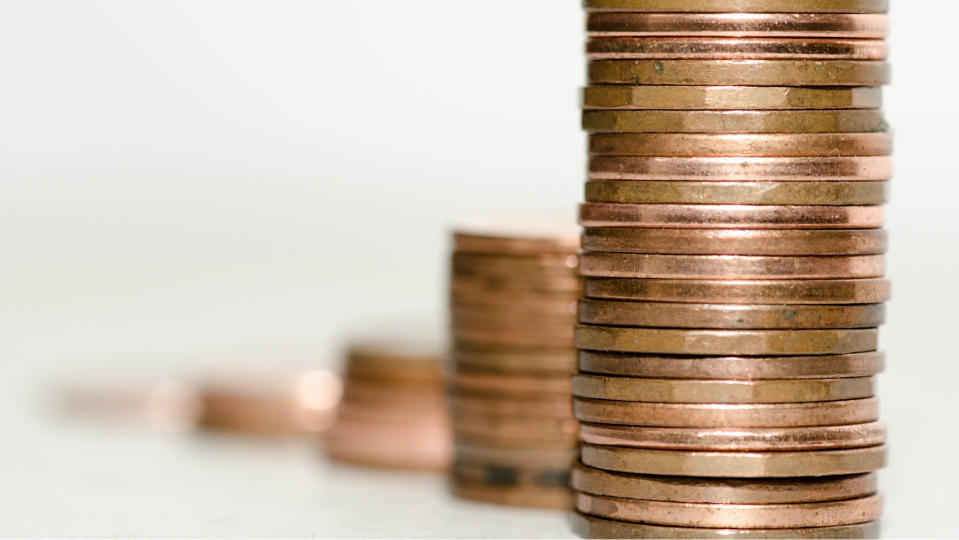Why All Investors Should Focus on This Number

Assessing which companies to buy and sell is never an easy task. Part of the problem in today?s internet age is that there is a vast amount of information available. This can cause investors to experience difficulty in deciding which information is worth focusing upon. This can lead to ?analysis paralysis? and a lack of decision-making.
However, there is one ratio which is often overlooked in today?s fast-paced investment world. It may not be enough on its own to decide if a stock is worth buying. But it does go a long way to deciding whether a stock could turn out to be a sound investment in the long run.
Calculations
The ratio is, of course, return on equity (ROE). This is calculated by dividing a company?s net profit by its net assets from the previous year. In turn, net assets are simply total assets minus total liabilities. The resulting figure from the ROE calculation is expressed as a percentage and can range from just above zero to infinity for profitable companies.
Perhaps the first thing to state about the ROE calculation is how simple it is. Any investor with even the most limited of time available to research shares can quickly calculate ROE with information which is readily available in a company?s annual report. This can be accessed online for free for all listed companies. As such, it is a ratio which can be used to compare and contrast the fortunes of stocks operating in different sectors and geographies in order to provide a comparison on their performance.
Profitability
While assessing a company?s profit growth is a good place to start when analysing a business, it is important to also consider how efficient profit is. In other words, how much shareholder?s equity was required in order to generate profit, since a company which requires a large amount of capital to generate a relatively small amount of profit may not be a sound place in which to invest. Similarly, a business which does not need large amounts of shareholder?s equity ploughed into it in order to generate profit could prove to be a sound investment opportunity.
Drawbacks
While ROE is an extremely useful ratio to use when analysing a wide range of companies, it does not take into account debt levels. If a business has a large amount of debt, ROE would normally be higher than if lower debt levels were used. This is because a capital structure made up of more debt means less equity is required. Less equity, in turn, means the denominator in the ROE calculation is smaller, so the output from the calculation is higher. Higher debt usually means higher risk, so long term investors may wish to also check borrowing levels on a company?s balance sheet.
Usage
While ROE is not a particularly popular ratio, it is highly useful in assessing how efficient a company is at using its capital to generate profit. It does this from the perspective of the equity holder, which makes it even more relevant for investors. Since it can be used for any company in any industry and is quick and easy to calculate, it is worth adding to the arsenal of investment tools for long-term investors.
Looking for a few great dividend-paying stocks to buy today?
If so, you're in luck! Because we just tapped one of our top analysts -- and experts in this field -- and asked him to put together a special report highlighting three of his favorite dividend-payers to buy right now.
These three "Cash Kings" have an average yield of 4.0%... are poised to profit from three diverse (and highly crucial) sectors of the economy... and look like they have the ability to grow their dividend well into the future.
For a limited time you can get a copy of this brand new special report by simply clicking here.
More reading
The Last Time This Happened, Canadian Oil Stocks Rallied Over 100%
Silver Wheaton Corp.: Is it Time Right to Buy This Unique Mining Stock?
Looking for a few great dividend-paying stocks to buy today?
If so, you're in luck! Because we just tapped one of our top analysts -- and experts in this field -- and asked him to put together a special report highlighting three of his favorite dividend-payers to buy right now.
These three "Cash Kings" have an average yield of 4.0%... are poised to profit from three diverse (and highly crucial) sectors of the economy... and look like they have the ability to grow their dividend well into the future.
For a limited time you can get a copy of this brand new special report by simply clicking here.

 Yahoo Finance
Yahoo Finance 